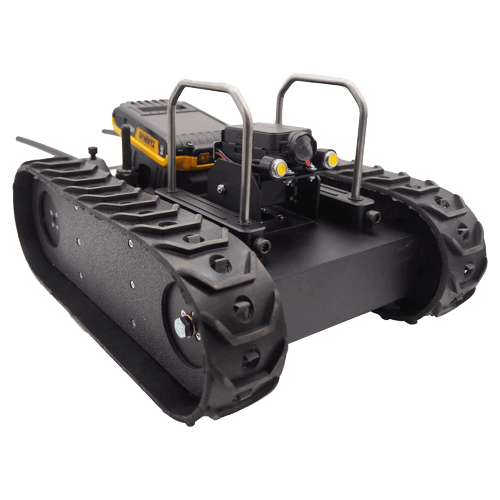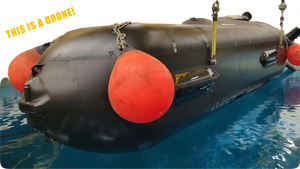Over 70% of Earth's surface is covered by water, yet we've only explored a tiny fraction of its depths. Ocean robotics are our gateway to the mysteries hidden beneath the waves, allowing us to venture further into the abyss and unlock secrets that have eluded us for centuries.
From mapping uncharted territories and discovering new species to monitoring environmental changes and revolutionizing industries like offshore energy and underwater archaeology, ocean robotics are at the forefront of a new era in underwater exploration.
Together, we'll uncover these incredible machines, their diverse applications and the future that awaits us as we embrace the next wave of underwater exploration. Let's submerge ourselves in!

The Various Applications
As we dive deeper into the realm of the ocean, it's astounding to see the sheer variety of applications these underwater marvels are being utilized for. From research and data collection to treasure hunting, these are reshaping our understanding of the oceans and their vast, untapped potential.
Ocean Research and Data CollectionFor scientists and researchers, the depths of the ocean have always been a treasure trove of information, and robotics have become invaluable tools in collecting precious data from the deep sea.
Autonomous underwater vehicles (AUVs) and remotely operated vehicles (ROVs) can now reach depths and areas that were once inaccessible to humans. Equipped with advanced sensors, cameras, and sampling instruments, these robots help us study marine ecosystems, ocean currents, and even seismic activity
As the famous oceanographer Jacques Cousteau once said,
"The sea, once it casts its spell, holds one in its net of wonder forever."
And now we can unravel the mysteries hidden in its depths without leaving the comfort of our labs.
Environmental Monitoring and Conservation
As stewards of our planet, it is our responsibility to monitor and protect the oceans and their inhabitants. Ocean robotics play a crucial role in environmental monitoring and conservation efforts, enabling scientists to collect real-time data on water quality, pollution, and climate change.
For example, underwater gliders can travel long distances to monitor ocean temperatures, salinity levels, and dissolved oxygen levels, which in turn help us understand the impacts of climate change on marine ecosystems.
Fun Fact about Salinity
salinity, the amount of dissolved salts present in water.
In natural bodies of water, salinity is most commonly a measure of sodium chloride (NaCl; common salt). Magnesium, sulfate, calcium, and other ions in small concentrations also contribute to salinity. Salinity is typically measured with a salinometer, which calculates the amount or weight of salt present in a specific volume of water.
This can be expressed in units such as parts per million (ppm) and grams of salt per kilogram of water (called practical salinity units [psu]) or as a simple percentage.
Salts impart particular physical and chemical properties to water. For example, saline water has higher electrical conductivity, higher density, a lower freezing point, and lower specific heat capacity compared with pure water. Salts are also commonly responsible for the flavour of water.
Source: Thanks Britannica
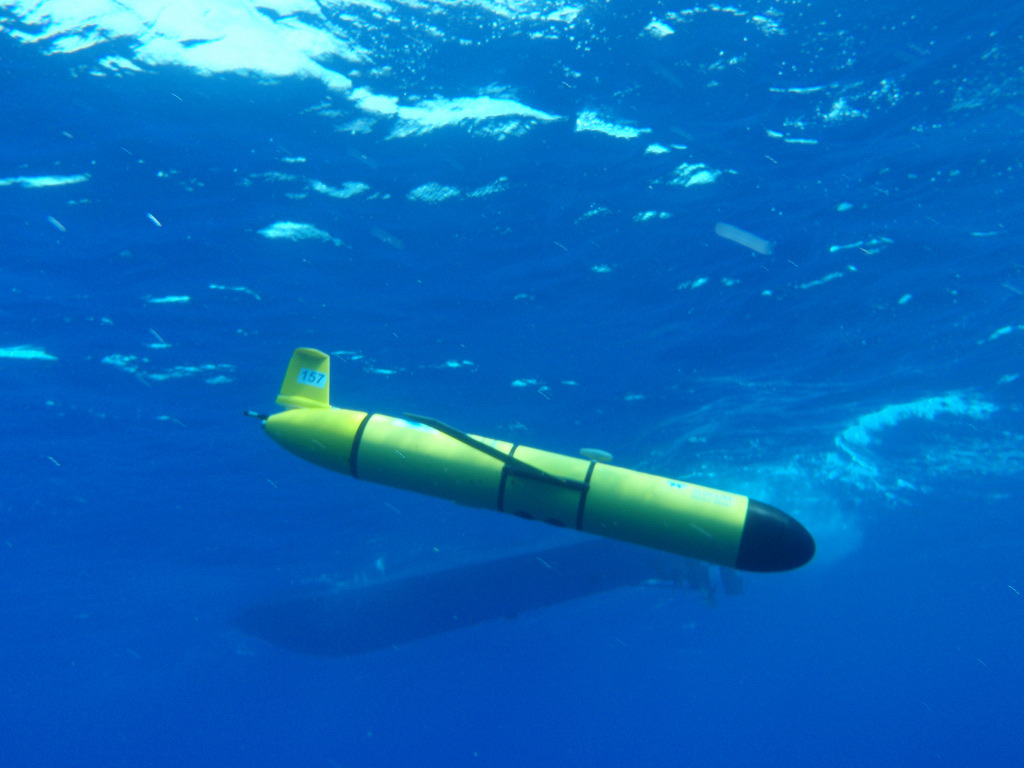
Offshore Energy Industry
In the quest for renewable energy sources and the extraction of fossil fuels, the offshore energy industry has turned to ocean robotics to improve efficiency and safety.
Underwater robots are now widely used for inspecting and maintaining offshore platforms, pipelines, and other infrastructure, reducing the need for divers and minimizing potential hazards.
Additionally, as the world shifts towards renewable energy sources like offshore wind and tidal power, ocean robotics will play an even more vital role in the installation, inspection, and maintenance of these technologies.
Historical Fact
The first ever ocean robotic was called the "Manatee" and was developed by the Woods Hole Oceanographic Institution (WHOI) in 1957.
The Manatee was a torpedo-shaped vehicle that was designed to take measurements of the ocean environment. It was equipped with a variety of sensors to measure water temperature, salinity, and pressure, as well as instruments to measure currents and waves.
The Manatee was controlled by a long cable that connected it to the surface, where operators could monitor its progress and control its movements. It was also equipped with a small camera that allowed operators to see the ocean floor and other features of the underwater environment.
Although the Manatee was only in use for a few years, it was an important milestone in the development of ocean robotics. It paved the way for a new generation of underwater vehicles that have revolutionized the way we explore and study the ocean.
A great example of reducing risk and extending our understanding of the under water world (Kevin Costner?) is Mesobot
Mesobot will use cameras and lights to non-invasively follow mesopelagic animals, track the fate of descending particles, and follow rising bubbles and droplets, enabling scientists to characterize in situ behavior over extended periods for the first time. With an endurance exceeding a full day, the Mesobot will be able to follow animals as they undertake diel vertical migrations, follow particles and aggregates as they sink, and track bubbles from seeps as they rise. The robot will also carry a pumped-filter sampler, enabling it to capture geochemical samples, plankton, microbes, or seawater.
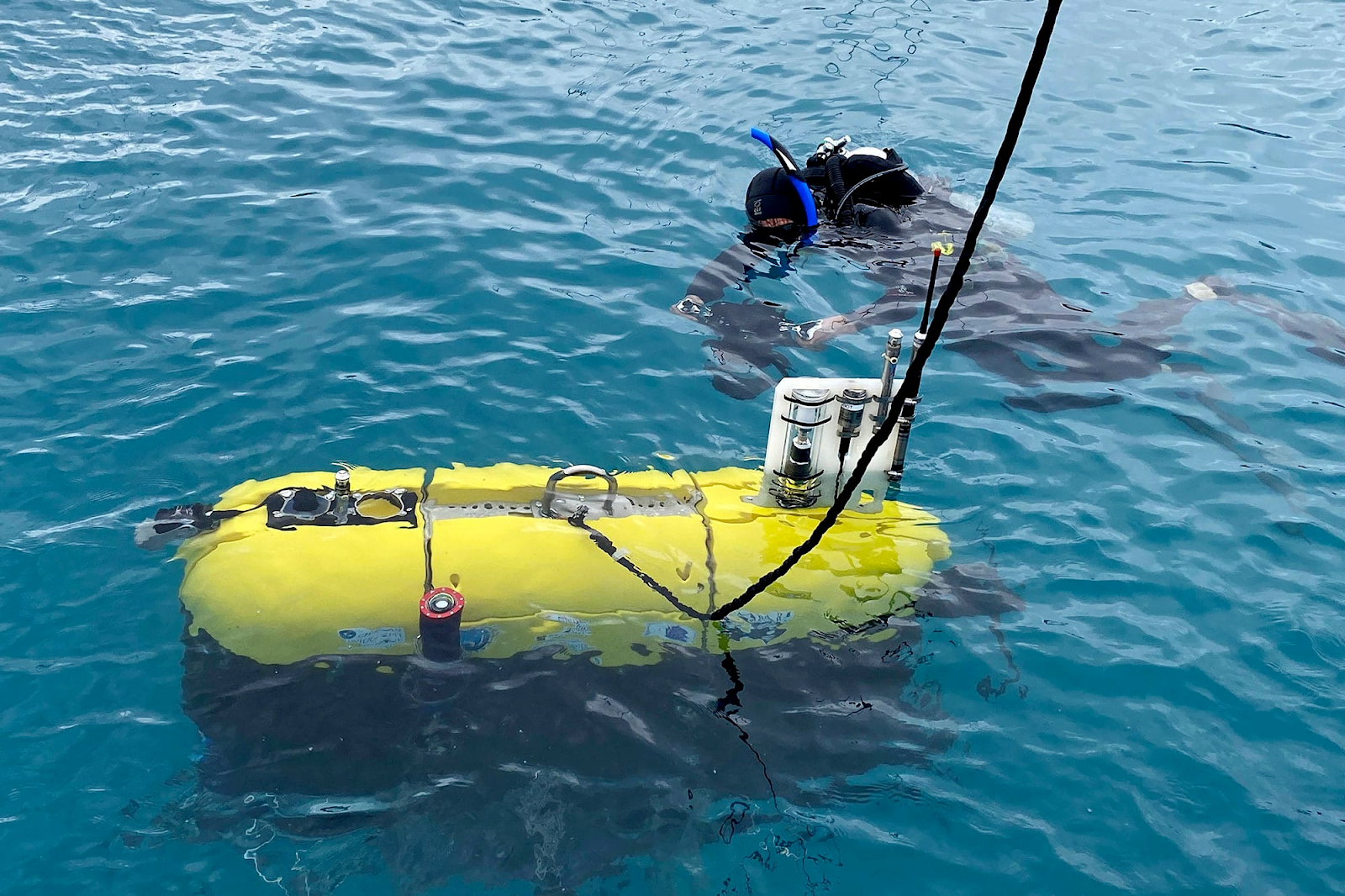
Underwater Archaeology and Treasure HuntingWho doesn't love a good treasure hunt? Ocean robotics have opened up new possibilities in the field of underwater archaeology and treasure hunting, allowing us to explore shipwrecks and submerged sites with unparalleled precision and detail.
As Indiana Jones once said, "X never, ever marks the spot."
Well, with advanced imaging systems and 3D mapping capabilities, ocean robots can help us uncover historical artifacts and sunken treasures that have eluded us for centuries.
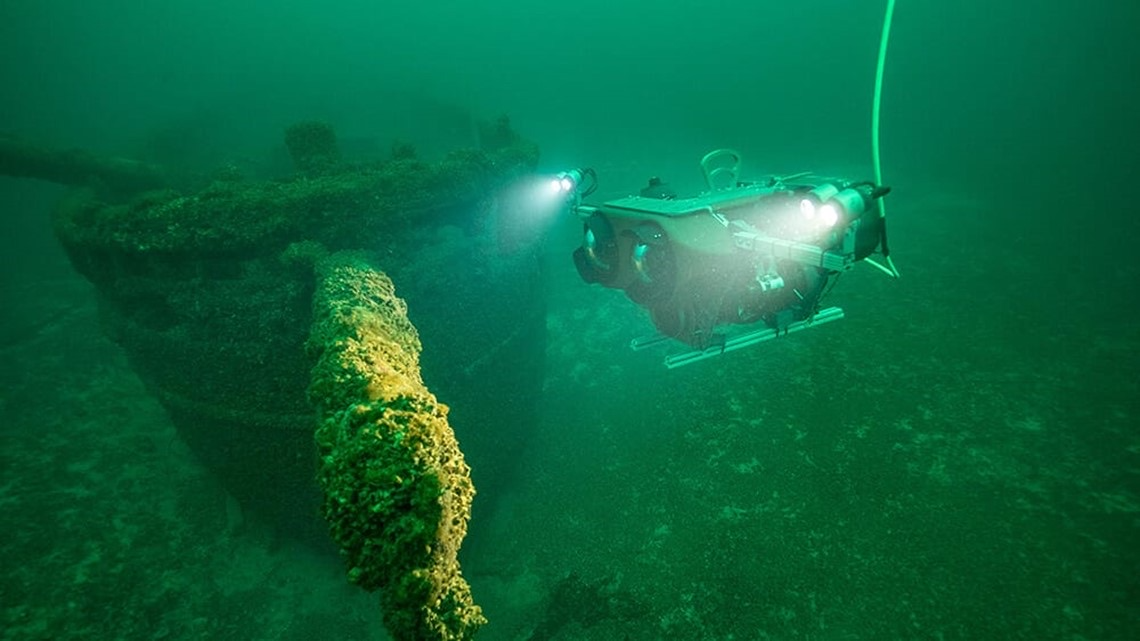
Technological Advancements
Cutting-edge Sensors and Imaging Systems
The eyes and ears of ocean robots have seen significant improvements in recent years. State-of-the-art systems allow underwater robots to capture high-resolution images and collect valuable data in the most challenging environments. These include sonar systems for 3D mapping of the seafloor, advanced cameras for capturing stunning visuals, and multispectral sensors for analyzing water quality and detecting chemical signatures.
NOAA ocean charting operations - multibeam animation
Improvements in AI and Autonomy
Ocean robotics wouldn't be where it is today without the leaps and bounds made in artificial intelligence (AI) and autonomy. These advancements enable underwater robots to make decisions, adapt to changing conditions, and complete tasks with minimal human intervention.
The integration of AI and machine learning algorithms into ocean robotics has allowed them to run, or rather swim, with minimal supervision, expanding the horizons of underwater exploration.
Notable Projects and Discoveries
OceanOneDeveloped by researchers at Stanford University, OceanOne is a humanoid underwater robot that combines the dexterity of a human diver with the robustness and endurance of an autonomous underwater vehicle.
This remarkable robot, affectionately nicknamed the "Robo-Mermaid," is equipped with advanced sensors, cameras, and haptic feedback systems that allow it to perform delicate tasks, such as handling fragile artifacts or conducting underwater archaeological excavations.
Nereus
RIP Little Guy
Nereus was a cutting-edge hybrid underwater vehicle that had the capability of being autonomous and remotely controlled. It was one the few vehicles capable of exploring depths down to 36,000 feet. Collecting valuable samples and data from one of the most extreme environments on Earth.
Sadly, Nereus was lost during a mission in 2014, but its legacy as a trailblazer in deep-sea exploration lives on.
Underwater vehicle Nereus
Bluefin-21
The Bluefin-21 is an autonomous underwater vehicle developed by Bluefin Robotics, known for its versatility and endurance in a wide range of underwater missions. With a modular design and an array of sensors, the Bluefin-21 has been utilized for numerous applications, including oceanographic research, environmental monitoring, and undersea archaeology.
One of its most notable missions was the search for Malaysia Airlines Flight 370, which disappeared in 2014. Although the wreckage of the plane has yet to be found, the Bluefin-21 played a crucial role in the search efforts and demonstrated the potential of ocean robotics in challenging and high-stakes missions.
Limits to Drone Technology in Malaysia Airlines Search
Potential Growth
The ocean robotics industry has already come a long way, but there's still a vast, untapped market waiting to be explored. With the increasing demand for renewable energy sources, such as offshore wind farms, and the growing interest in undersea mining and deep-sea tourism, the need has never been greater.
Moreover, as climate change and environmental concerns become more pressing, the role of ocean robotics in monitoring and preserving our marine ecosystems will undoubtedly expand.
In the coming years, we can expect to see significant advancements in the technologies that power ocean robotics. One area where we may witness rapid progress is in artificial intelligence and machine learning, which could enable underwater robots to make more autonomous decisions and carry out complex tasks with greater efficiency.
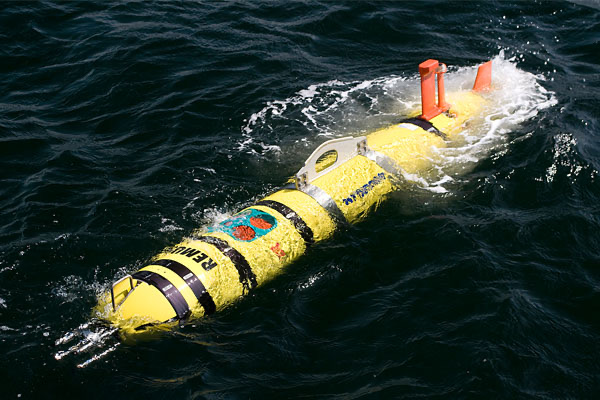
By addressing and pushing the boundaries of innovation, we can unlock the secrets of the deep sea, protect our precious marine ecosystems, and drive the growth of industries that rely on the ocean's vast resources.
Open ROV is an open-source underwater robot project that allows you to build your own remotely operated vehicle (ROV) for underwater exploration. Their website provides detailed instructions, a community forum, and a store where you can purchase parts and kits. This project is perfect for those who enjoy tinkering with electronics and want to learn more about the hardware and software that goes into building an underwater robot.
The BlueROV2 is a versatile, affordable, and easy-to-assemble underwater ROV kit from Blue Robotics. The kit includes everything you need to build your own underwater vehicle, complete with powerful thrusters, an HD camera, and a waterproof enclosure. The BlueROV2 is an excellent starting point for those looking to gain hands-on experience in ocean robotics.
Arduino Underwater Sensor Project
For those interested in environmental monitoring and data collection, consider building your own underwater sensor system using an Arduino microcontroller. This DIY tutorial from Instructables provides step-by-step instructions on creating an underwater data logger capable of measuring temperature, pressure, and other parameters. This project is an excellent way to learn about sensor integration and programming in the context of ocean robotics.
With these resources and kits, you'll be well on your way to exploring the depths of ocean robotics and gaining valuable hands-on experience in this fascinating field. So, grab your goggles, put on your DIY hat, and dive into the world of underwater robotics!



